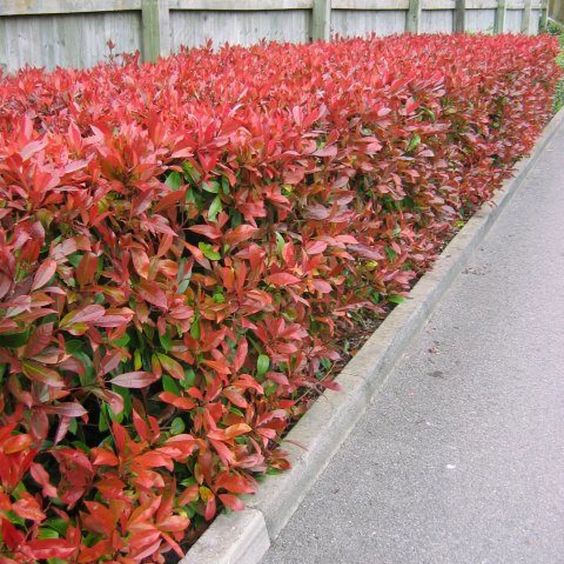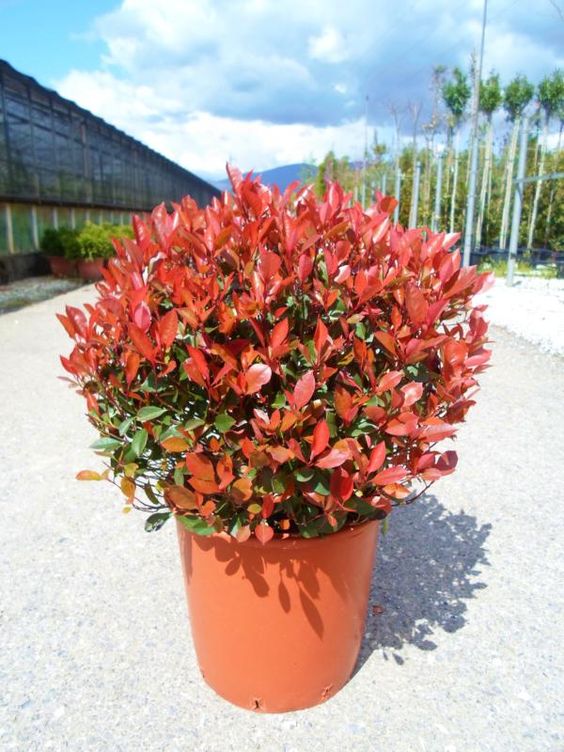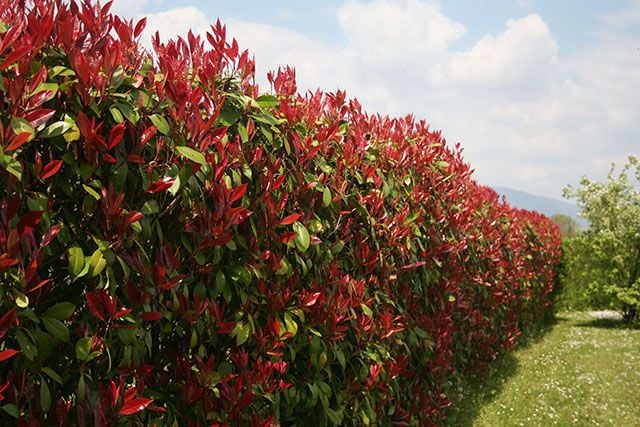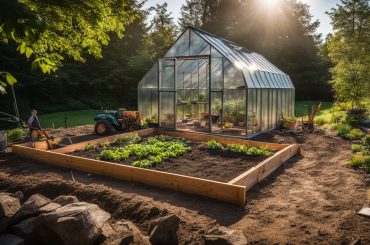Table of Contents
Looking to add nice and colorful hedges for your outdoors? Here is everything you need to know about the Photinia Red Robin and its uses. Photinia x fraseri, in particular, is known as the little red robin because of its shiny red leaves that it showcases in its initial years. The red robins are evergreen shrubs mostly used as hedges or garden fencing because of their tall height. This shrub can be considered your first plantation project as it is easy to grow, but it is not advisable to ignore the photinia red robin problems.
The photinia red robins can give a nice look to the garden when planted in a row as border shrubs and offer privacy because of their height. The photinia red robin is a perfect match for your garden as it performs well in both warm and cold climates. Apart from this, the red and green leaves give the garden a rich look.
Here is a compilation of the uses, plantation, pruning, and maintenance of Photinia Red Robin.
What is Photinia Red Robin Used For?
The red robins are renowned as screening plants, too, because of their height and bushy growth. They are primarily used for fencing or hedging purposes. Apart from this, their red and green leaves transition covers many formal buildings. As they are annual plants, many garden enthusiasts plant the photinia red robins in their yards to enjoy the view. The plant also bears white flowers, which are used for making scents.
How to Grow Photinia Red Robin?

The Photinia red robins are full, hardy shrubs that can survive extreme winters. But the perfect duration for its plantation is between the spring and summer, as the frost has melted. These shrubs can be grown by two different methods: seeds or small plants and pruning. The most popular method is pruning or propagation from pre-existing plants. If you are looking for a replica of your pre-existing shrub, the pruning method will be beneficial.
Here is an easy guide to growing Photinia red robins in your yard and making the landscape look scenic.
- The first step is deciding the method of growing the Photinia red robins: seeds or readymade plants from a nursery. Both these methods will result in a voluminous growth and create a nice outdoor display.
- One of the important points to consider while growing this shrub is choosing the right location outdoors for its plantation. Ensure the red robins receive at least 5 to 6 hours of full or partial sunlight. This will promote the plant’s growth and impart a nice and glossy leaf color.
- The photinia red robins can grow in any soil as long as it is well-drained and enriched with nutrients. Before sowing the seeds or plants, ensure the soil is saturated with water. Add potting mix or compost to improve the nutrient content and avoid water-logging.
- If you are planting the small plant or seeds in a seed tray or pot, ensure it has a drainage hole in the bottom. While planting the red robins outdoors, dig a hole that is larger than the plant and place the plant gently. Cover the outer layer with compost and water the plants.
- As soon as the Photinia red robins are planted, they should be watered on a regular basis to avoid transplantation shock and allow them to grow in a new environment. These shrubs become drought-tolerant once they turn into mature plants.
- The pruning method makes sure that the redundant stems are cut down to make space for new growth. It is preferred to prune the red robins in late winter so their growth cycle is not disturbed.
- Certain photinia red robin problems can arise if the stems are not regularly inspected and water-logging occurs in the roots. Although the plant is pest-resistant, a small amount of all-purpose fertilizer and fungicidal spray will keep the leaves from getting discolored.
How to Propagate a Photinia Red Robin?

If you want the exact cultivar of the red robins, you can choose to propagate a stem from the pre-existing plant in a new pot. This way, you’ll promote healthy growth in the new plant. With the help of pruning shears, cut a healthy stem without flowers from the parent plant. Now cut all the leaves of the stem except the top two leaves. The top leaves should be cut in half to stimulate growth. Cut the bottom of the stem in a slant with a knife and plant it in a pot filled with soil and compost.
Dip the stem end in honey, acting as a root stimulator. Water the red robins to overcome the shock whenever the top layer dries out. In almost 3 months, you’ll receive a fully-grown Photinia red robin plant. Follow this method for planting more red robins in different pots.
Conclusion
The Photinia red robin’ beautiful red tips will give your yard a striking feature. Apart from this, these shrubs require low maintenance as they need to be pruned once a year. The Photinia red robins start bearing glossy green foliage as they mature. This gives you a nice mixture of red and green leaves in the garden. This plant can be used as a bulletproof plant as it grows up to 4 meters in height and 2 meters in width.
As they start maturing, cut the plants in any beautiful shape like round, topiary, etc., and fill your landscape with dashes of red and green leaves. The technique mentioned above for plantation and propagation of photinia red robins is simple and inexpensive.





